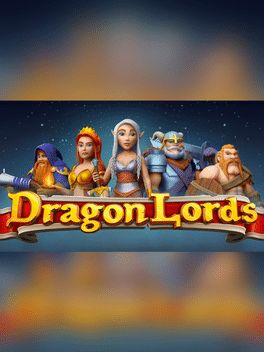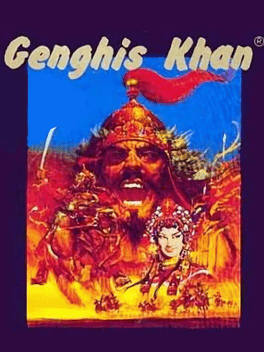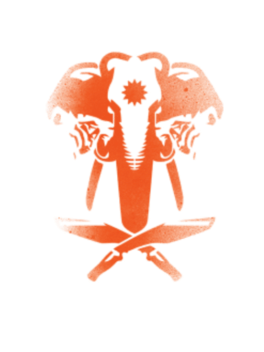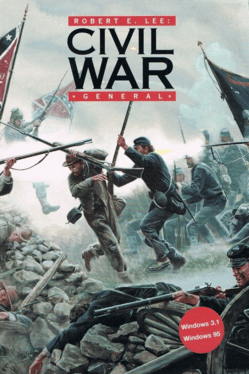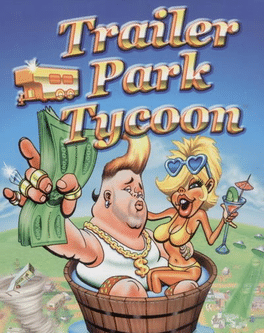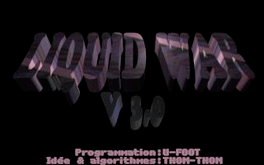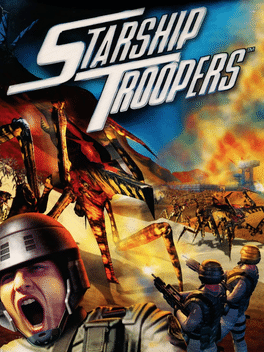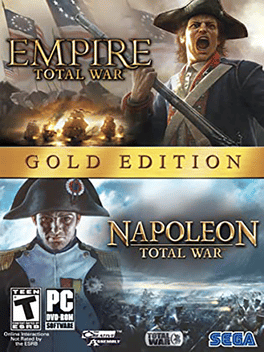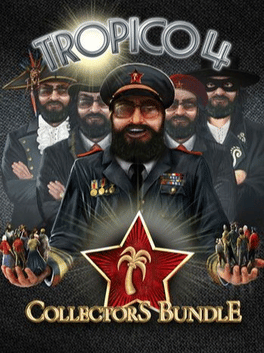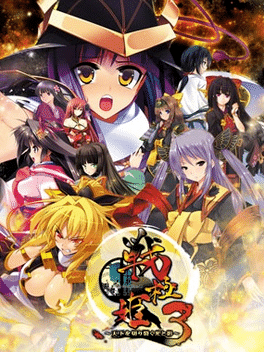Most Popular Commodore C64 128 Max Games - Page 288
-
Dragon Lords 3D
2017
Dragon Lords 3D
2017
Dragon Lords is an epic fantasy strategy game with amazing 3D graphics! Build a fearsome castle, gather an indomitable army of elves and dwarves, recruit legendary heroes, use the magic of nature and the crushing power of dragons to make battles go your way. Prove that you are a wise commander, unite with friends into an unbreakable guild and become stronger together. Only the greatest have a chance to win! -
Genghis Khan
1987
Genghis Khan
1987
"Aoki Okami to Shiroki Mejika: Genghis Khan" was released in 1987, the second in the series. This was also the first title in the series to be released outside of Japan under the title "Genghis Khan." The game includes 2 scenarios. -
Far Cry 4: Arena Master
2014
Far Cry 4: Arena Master is a free-to-play, mobile strategy companion app for Far Cry 4. Players collect animals and mercenaries to deploy in automated arena battles against AI or other players, leveling up units, sending them on skirmishes across a world map, and syncing progress with the main game to unlock rewards -
Survivor: Ultimate Edition
2002
Survivor Ultimate mirrors the hit TV sensation in every possible way. Face off against contestants from four Survivor seasons: Pulau Tiga, Australian Outback, Africa and Marquesas. Compete in Reward and Immunity challenges, form alliances, attend Tribal Council and vote fellow team members off the island. Find out if you have what it takes to become the ultimate Survivor! -
Shattered Suns
2008
Shattered Suns
2008
One brave captain defies an empire as billions hunger for liberty. As hope is awakened, so too is wrath. In the fact of imperial power, some will fight, many will surrender, and a few will betray all. -
Trailer Park Tycoon
2002
Trailer Park Tycoon
2002
Trailer Park Tycoon puts the player in the shoes of a budding trailer park owner. The player is tasked with building various trailers and amenities to attract people to their park. They will start with five to eight basic trailers, each upgradable three times. Specialized trailers become available, catering to specific people. A trailer in the theme of a car, for example, will attract garage workers, while a biker themed trailer will attract bikers. The game is now out of print since its developers have gone out of business. -
Divine Souls Online
2010
-
Liquid War
2007
Liquid War
2007
Gameplay takes place on a 2D battlefield, usually with some obstacles. Each player (2 to 6, computer or human) has an army of particles and a cursor. The objective of the game is to assimilate all enemy particles. The players can only move their cursors and cannot directly control the particles. Each particle follows the shortest path around the obstacles to its team's cursor. A player may have several thousands particles at a time, giving the collection of particles a look of a liquid blob. When a particle moves into a particle from a different team, it will fight and if the opponent particle fails to fight back (it is not moving in the opposite direction) it will eventually be assimilated by its attacker. As particles cannot die but only change teams, the total number of particles on the map remains constant. Since a particle can only fight in one direction at a time (towards its team's cursor), a player that surrounds its opponents will have a distinct advantage. The game ends when one player controls all of the -
Scorched 3D
2001
Scorched 3D
2001
Scorched 3D is a turn-based artillery game modeled after the classic DOS game Scorched Earth "The Mother Of All Games". Unlike Scorched Earth however, it is available free in its entirety. Also, Scorched 3D adds, amongst other new features, a 3D island environment and LAN and internet play. Scorched 3D is an open source game for both Microsoft Windows and Unix-like (Linux, FreeBSD, Mac OS X, Solaris, etc.) operating systems. -
Mech Commander Gold
1999
Mech Commander Gold
1999
MechCommander Gold adds a new campaign, introduces difficulty settings & patches a few things about the main game. -
Zombies & Trains!
2013
Zombies & Trains!
2013
Face hordes of zombies in an epic showdown in the arena! Your weapon? TRAINS! Blast through waves of zombies with your powerful iron engines, wreaking havoc with power-ups like Fire Train and Mass Death! How many kills can you rack up? -
Sangokushi 12
2012
Sangokushi 12
2012
Sangokushi 12 is a Strategy game, developed and published by Koei Tecmo Games, which was released in Japan in 2012. -
Defendin' De Penguin
2008
Defendin' De Penguin
2008
From the creators of Purr Pals and Baby Pals comes Defendin' De Penguin, the first Real Time Strategy game on the Wii. Help our hero, Little Blue fend off hungry creatures that are eager to steal his town's fish supply. To thwart these hungry animals, you'll strategically place defense mechanisms throughout the town with each possessing unique strengths that are geared for specific animals. With the perfect combination of tower utilization, defensive placement, timing and strategy, Little Blue's food supply will be saved and you won't go home hungry. First real time strategy geared for kids 12 and under Utilize an array of environmental ammunition to deter the enemy Use our hero Little blue to upgrade a tower or fish for money or retrieve special objects Use wits and strategy to defend your town from hungry invaders Upgrade towers to increase attack range and strength as enemies gain strength too -
Starship Troopers: Terran Ascendancy
2000
Starship Troopers: Terran Ascendancy is a real time strategy game with a common misunderstanding. This game is not based on the movie Starship Troopers. Both, the game and the movie, are based upon the novel by Robert A. Heinlein. This is one of the few strategy games where you cannot build a base and recruit units. Instead you lead up to three squads into combat. Each squad contains a leader, five soldiers and one specialist (medic, engineer, PSI for detecting hidden bugs, MIST-Trooper as a sniper). During a mission there is no reinforcement and you are outnumbered by the bugs. The enemy units are not very intelligent, but they use their own special abilities like splitting acid and are very powerful. There is a wide range of enemies, from simple close-range fighters to suicide units, artillery bugs and even human soldiers. The mission objectives are also different. From simple hunting missions up to escorts or the capturing of bugs. The game also have a RPG part. Surviving soldiers gain experience points for ea -
Empire: Total War & Napoleon: Total War - Gold Edition
2010
This bundle contains: - Empire: Total War (Gold Edition) - Napoleon: Total War (Gold Edition) -
Star Command: Revolution
1996
Real-time strategy in space. Play as one of four different races. Do the normal RTS thing; collect resources, build up a powerful military, and crush everyone else. -
Tropico 4 Collector's Bundle
2013
Tropico 4: Collectors Bundle combines all the latest Tropico 4: * Tropico 4 * Tropico 4 Expansion: Modern Times * Tropico 4: DLC1 Junta * Tropico 4: DLC2 Plantador * Tropico 4: DLC3 Quick-Dry-Cement * Tropico 4: DLC4 Pirate Heaven * Tropico 4: DLC5 Megalopolis * Tropico 4: DLC6 Vigilante -
Sengoku Hime 3: Tenka o Kirisaku Hikari to Kage
2011
Third in SystemSoft's series of strategy games set in an anime girl-filled feudal Japan.
